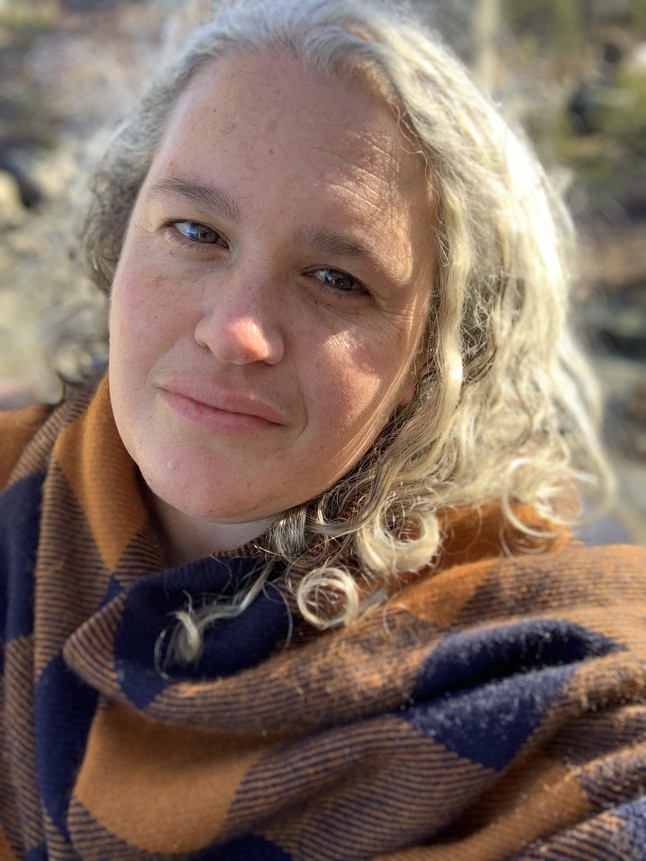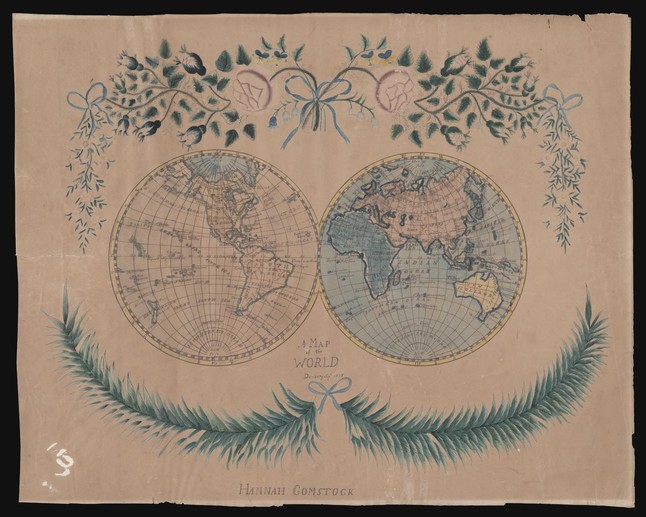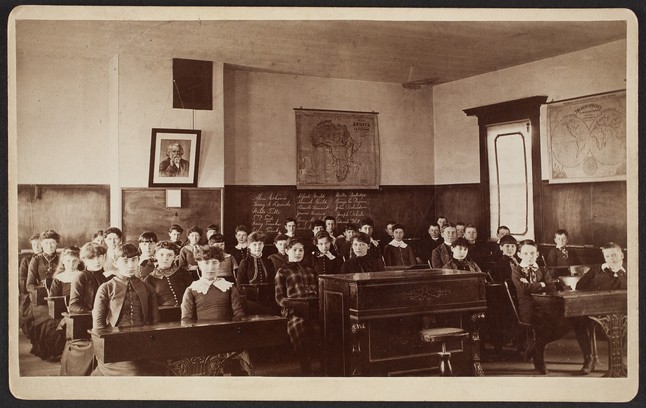Washington Map Society
Bischoff
Bischoff Bio, Summary, and Illustration Captions
Libby Bischof is the Executive Director of the Osher Map Library and Smith Center for Cartographic Education and Professor of History at the University of Southern Maine in Portland, Maine. She did her undergraduate and graduate studies at Boston College, receiving her Ph.D. in 2005. Her research and teaching interests focus on the cultural and social history of 19th century United States and the history of photography. Her regional interest is New England and Maine. She is co-author of two prize-winning books, Maine Moderns: Art is Seguinland (Yale University Press, 2011) and Maine Photographs: A History, 1840-2015 (Rowman and Littlefield, and Maine Historical Society, 2016).
As a visual historian, Bischof has curated five photographic exhibitions, and most recently a map-oriented exhibition, Mapping the Classroom for the Osher Map Library in 2019. A digital version of the gallery exhibit is available at: https://oshermaps.org/exhibitions/mapping-the-classroom
In her richly illustrated lecture, Bischof will address the role of mapmaking in geography and history curricula in the 19th and 20th centuries, as well as the ways in which geography textbooks contributed to structural racism in primary and secondary education via "Races of Men" lessons and chapters. She will also talk about how the OML has developed a rich collection of educational materials related to geography and cartography.
You are invited to a Zoom meeting.
When: Aug 27, 2020 07:00 PM Eastern Time (US and Canada)
Register in advance for this meeting:
https://zoom.us/meeting/register/tJEqfu-ppzkpH9U9RIyrzIrH_xaeSD7ljF49
After registering, you will receive a confirmation email containing information about joining the meeting.
Illustrations
1) Dr. Bischoff
2) A manuscript school-girl map by Hannah Comstock, A Map of the World (Danbury, CT, 1815). Courtesy of the Osher Map Library and Smith Center for Cartographic Education.
3) Photograph of Medfield, Massachusetts, Grammar School, 1886. Courtesy of Historic New England.


